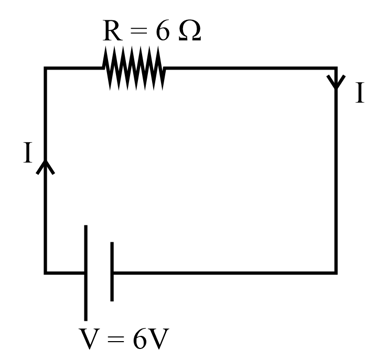The circuit in Figure shows two cells connected In opposition to each other. Cell is of emf and Internal resistance ; the cell is of emf and Internal resistance . Find the potential difference between the points A and B.
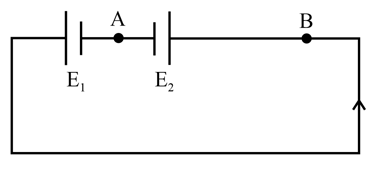


Important Questions on Current Electricity
Two cells of same emf but internal resistance ; and are connected in series to an external resistor (Figure)What should be the value of so that the potential difference across the terminals of the first cell becomes zero ?
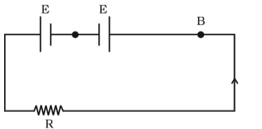
Suppose there is a circuit consisting of only resistances and batteries and we have to double (or increase it to -times) all voltages and all resistances. Show that currents are unaltered. Do this for the given circuit.
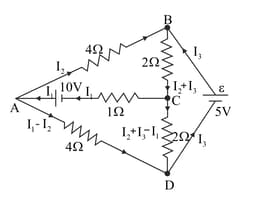
Two cells of voltage and and Internal resistances . respectively, are connected In parallel with the positive end of battery connected to negative pole of battery (Figure). Find the effective voltage and effective resistance of the combination.
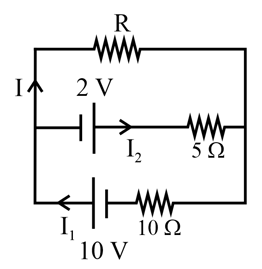
A room has AC run for hours a day at a voltage of . The wiring of the room consists of of radius and a length of . Power consumption per day is commercial units. What fraction of it goes in the Joule heating in wires? What would happen if the wiring is made of aluminum of the same dimensions?
In an experiment with a potentiometer, . is adjusted to be (Figure). A student wanting to measure voltage , of a battery (approx.) finds no null point possible. He then diminishes to and Is able to locate the null point on the last () segment of the potentiometer. Find the resistance of the potentiometer wire and potential drop per unit length across the wire in the second case.
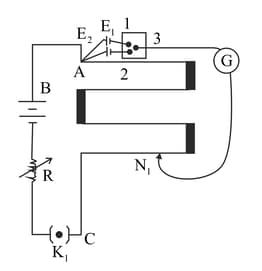
Consider the circuit in Figure. How much energy is absorbed by electrons from the initial state of no current (ignore thermal motion) to the state of drift velocity?
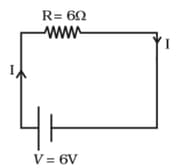
No. Of electrons
Length of circuit
Cross-section
Electrons give up energy at the rate of per second to the thermal energy. What time scale would one associate with energy ?
